NASA's Kennedy Space Center has once again pushed the boundaries of space exploration education and public engagement with the introduction of its groundbreaking Lunar Simulation Experience. This immersive new attraction allows visitors to step into the shoes of astronauts, offering a taste of what it might be like to traverse the Moon's surface. Designed with meticulous attention to detail, the exhibit combines cutting-edge technology with educational insights, creating an unforgettable journey for space enthusiasts of all ages.
The Lunar Simulation Experience is housed in a newly constructed facility adjacent to the Kennedy Space Center Visitor Complex. From the moment visitors enter, they are transported into a carefully crafted lunar environment. High-resolution projections, motion platforms, and tactile feedback systems work in harmony to replicate the Moon's low gravity, rugged terrain, and even the unique way light behaves in its thin atmosphere. This isn't just a visual experience - every element has been engineered to provide a multi-sensory adventure that feels astonishingly real.
What sets this attraction apart is its foundation in actual NASA mission data. The terrain models are based on high-definition mapping from the Lunar Reconnaissance Orbiter, while the physics simulations incorporate real measurements from Apollo mission records. Visitors can explore exact replicas of landing sites, including the historic Apollo 11 touchdown location. The attention to historical accuracy extends to spacesuit designs, with simulated versions of both the classic Apollo gear and NASA's next-generation Artemis program suits.
The experience begins with a comprehensive orientation session led by trained guides who explain lunar geography, NASA's ongoing Moon exploration plans, and the science behind the simulation technology. Participants then don specialized equipment including VR headsets, motion-sensitive gloves, and weighted boots that realistically mimic the Moon's one-sixth Earth gravity. The main simulation chamber can accommodate small groups, allowing for shared experiences that mirror actual astronaut teamwork during extravehicular activities.
Beyond the thrill of lunar exploration, the exhibit serves an important educational purpose. Interactive stations throughout the facility explain the challenges of living and working on the Moon, from dealing with abrasive lunar dust to managing extreme temperature variations. Visitors gain firsthand appreciation for the engineering marvels that make space exploration possible, from life support systems to lunar rover design. The experience concludes with a debriefing session where participants can compare their simulated activities with footage from actual Moon missions.
Kennedy Space Center director Janet Petro emphasized how this new attraction bridges generations of space exploration. "Just as the Apollo missions inspired millions in the 1960s and 70s, we're using today's technology to spark that same sense of wonder about our return to the Moon," she said during the exhibit's unveiling. The timing coincides perfectly with NASA's Artemis program, which aims to land the first woman and next man on the lunar surface by 2025. The simulation includes previews of planned Artemis landing sites near the Moon's south pole.
Development of the Lunar Simulation Experience took nearly three years and involved collaboration between NASA engineers, commercial space partners, and theme park designers. The result strikes a careful balance between scientific accuracy and engaging storytelling. Unlike traditional museum exhibits that keep visitors behind barriers, this experience encourages hands-on interaction. Participants can operate simulated lunar equipment, collect rock samples, and even attempt a lunar "hop" - the unique bouncing gait astronauts use in low gravity.
The technology powering the simulation represents significant advancements in several fields. The VR systems use eye-tracking to dynamically adjust focus, eliminating the motion sickness sometimes caused by traditional virtual reality. The motion platforms incorporate haptic feedback that changes based on the simulated lunar terrain, from the soft powder of maria (lunar seas) to the jagged breccia of highland regions. Perhaps most impressively, the entire system can adjust difficulty levels in real time based on participant movement and biometric feedback.
Early reviews from test audiences have been overwhelmingly positive. "I've followed space exploration my whole life, but nothing prepared me for the sensation of actually being there," said one participant during a preview event. Educators have particularly praised the exhibit's ability to make complex scientific concepts tangible. Physics principles like inertia and conservation of momentum become immediately apparent when trying to move in low gravity, while geology comes alive when examining detailed replicas of lunar rock samples.
The Lunar Simulation Experience represents a significant investment in public engagement with space science. Kennedy Space Center officials report that ticket sales for the new attraction are already exceeding projections, with special educational packages for school groups selling out months in advance. The center has expanded operating hours to accommodate demand and added evening sessions that include telescope viewing of the actual Moon when weather permits.
Looking ahead, NASA plans to periodically update the simulation as new data arrives from lunar orbiters and, eventually, Artemis surface missions. There's even discussion of creating a Mars version once the technology matures further. For now, the Lunar Simulation Experience stands as perhaps the most authentic way for Earth-bound visitors to experience humanity's next giant leap without leaving the planet.
Beyond its entertainment value, the exhibit serves as a powerful recruitment tool for NASA and the broader space industry. Many participants leave the experience asking about STEM education paths and space-related careers. The visitor center has partnered with local universities to provide information about relevant academic programs, while NASA representatives are on hand to discuss internship and employment opportunities.
The Lunar Simulation Experience officially opens to the public next month, with timed tickets now available for booking. Special preview events for media and educators have already generated significant buzz, with attendees describing it as "the next best thing to being an astronaut." As humanity prepares to return to the Moon after half a century, this innovative attraction ensures that the excitement of lunar exploration reaches far beyond the small circle of those who will actually make the journey.

By Megan Clark/Apr 11, 2025

By John Smith/Apr 11, 2025
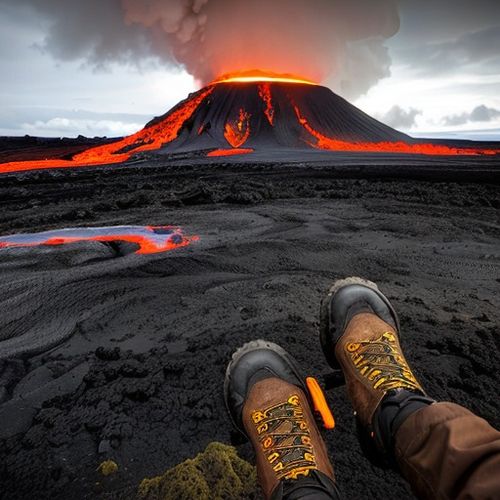
By James Moore/Apr 11, 2025

By Victoria Gonzalez/Apr 11, 2025
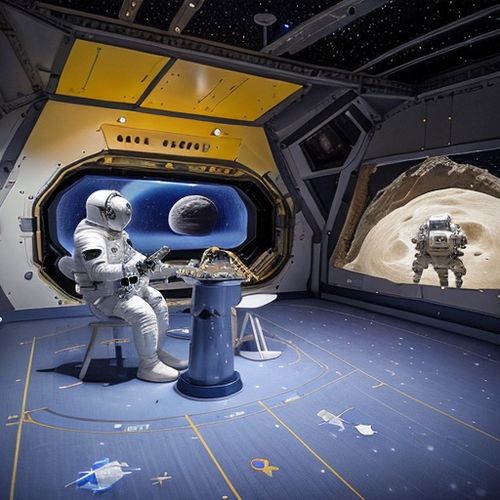
By John Smith/Apr 11, 2025
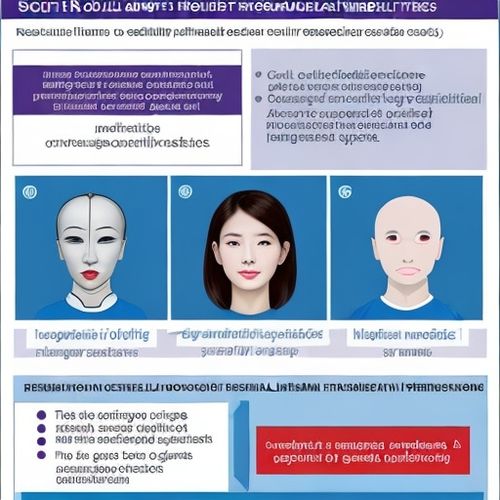
By Rebecca Stewart/Apr 11, 2025
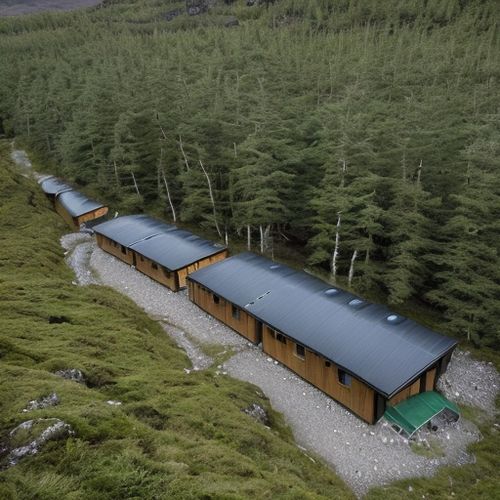
By Megan Clark/Apr 11, 2025

By John Smith/Apr 11, 2025
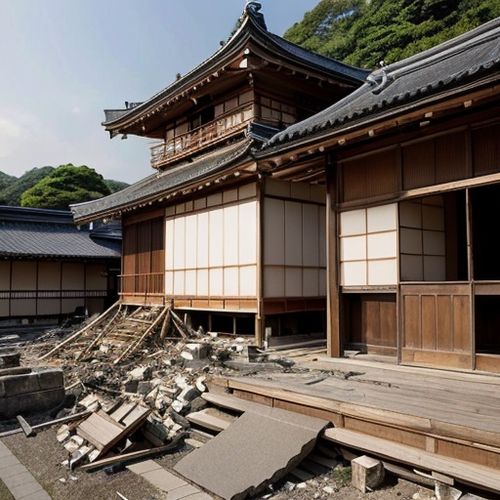
By Ryan Martin/Apr 11, 2025

By Samuel Cooper/Apr 11, 2025

By Emily Johnson/Apr 11, 2025

By James Moore/Apr 11, 2025
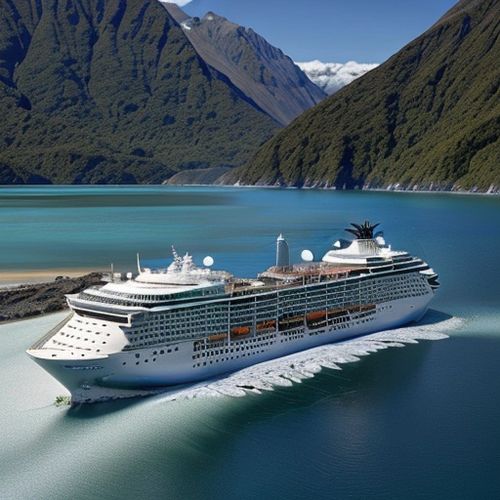
By David Anderson/Apr 11, 2025
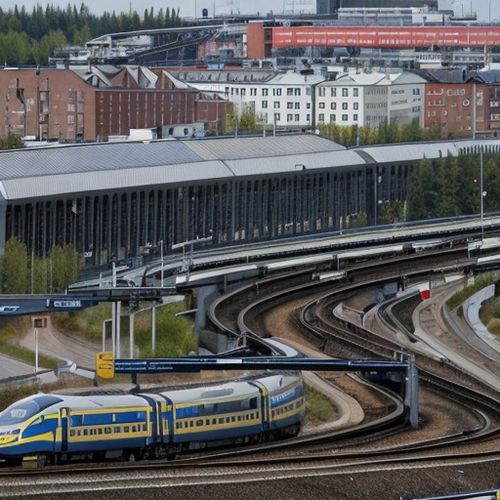
By Ryan Martin/Apr 11, 2025

By William Miller/Apr 11, 2025
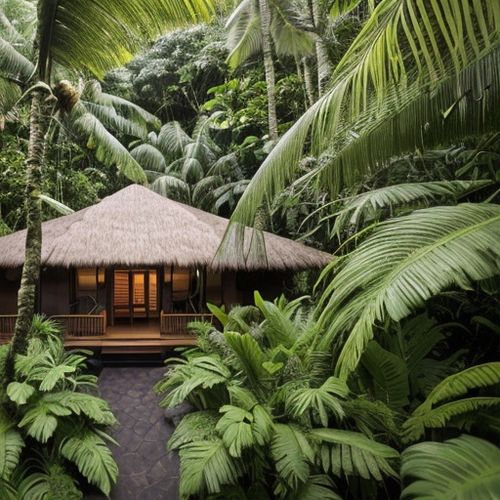
By George Bailey/Apr 11, 2025

By Daniel Scott/Apr 11, 2025
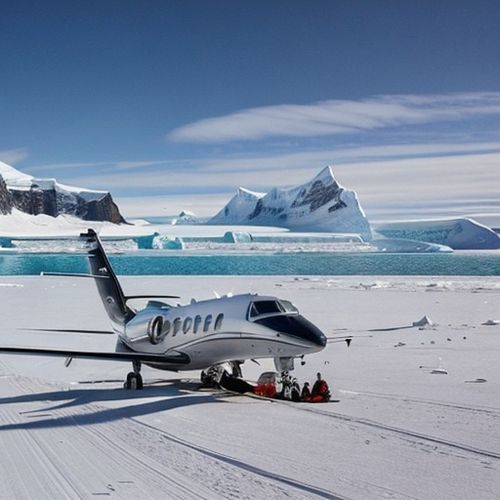
By Sophia Lewis/Apr 11, 2025

By Megan Clark/Apr 11, 2025

By David Anderson/Apr 11, 2025